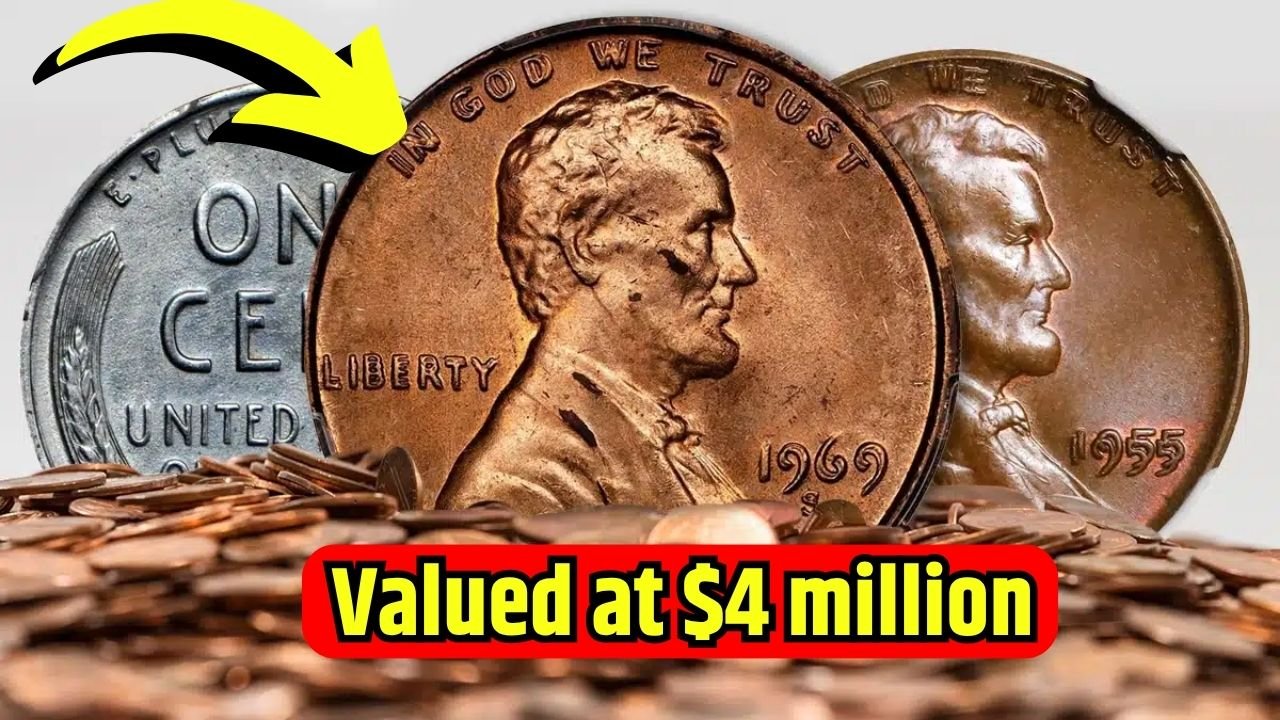Lincoln Wheat Penny: When the Lincoln Wheat Penny first entered circulation in 1909, it represented a revolutionary moment in American coinage. For the first time, a real historical figure—President Abraham Lincoln—graced a circulating U.S. coin, replacing the allegorical figures that had dominated currency design. This special release commemorated the 100th anniversary of Lincoln’s birth, honoring his leadership during the Civil War and his enduring legacy in abolishing slavery. What began as everyday pocket change became a moving tribute to one of America’s most revered presidents, carrying his memory through generations of transactions.
The Artistic Legacy of the Lincoln Wheat Penny
The penny’s elegant design came from the skilled hands of sculptor Victor David Brenner, who managed to capture Lincoln’s quiet dignity on the small surface of a coin. The obverse features a remarkably detailed profile of the president, his thoughtful gaze looking toward the future. The reverse’s simple yet powerful design—two wheat stalks framing the denomination—symbolized the nation’s agricultural roots and prosperity. This iconic design remained unchanged for nearly fifty years, becoming one of the most recognizable and beloved coins in American history. The penny’s longevity stands as a testament to Brenner’s artistic vision and the emotional connection Americans formed with this humble piece of currency.
The Rarest of the Rare: Pennies Worth Fortunes
While millions of Lincoln Wheat Pennies circulated over the decades, a few extraordinary specimens have achieved legendary status among collectors. The 1909-S VDB penny remains one of the most coveted, its story intertwined with early 20th century controversy. When the public objected to designer Brenner’s initials appearing too prominently on the first editions, the U.S. Mint hastily removed them, leaving only a small number of these original coins in existence.
Even more remarkable are the accidental treasures from 1943, when pennies were supposed to be struck in steel to conserve copper for World War II efforts. A handful of bronze planchets somehow remained in the presses, creating what numismatists consider the “holy grail” of penny collecting. One of these rare bronze 1943 pennies sold for $1.7 million at auction, with rumors of private transactions reaching $4 million—transforming what was once a one-cent piece into a life-changing fortune.
The Thrill of the Hunt: Could You Find One?
Part of the enduring fascination with coin collecting lies in the possibility that extraordinary treasures might still be hiding in plain sight. There are documented cases of valuable pennies being discovered in the unlikeliest places—tucked away in old jars, mixed in with inherited collections, or even found in everyday pocket change. One lucky collector found a rare 1943 steel penny in a fishing tackle box that later appraised for nearly $1 million.
If you come across wheat-stalk pennies in your change or old collections, look for these telltale signs of value:
- The distinctive “S” mint mark from San Francisco
- The 1909-S VDB variety with Brenner’s initials
- Any 1943 penny that isn’t silver-colored steel
- Unusual double strikes or other minting errors
While the odds are long, the potential reward makes checking your coins an exciting prospect. Even if you don’t discover a million-dollar rarity, each Wheat Penny serves as a tangible connection to America’s past.
More Than Metal: The Penny’s Enduring Legacy
The Lincoln Wheat Penny transcends its monetary value, representing a perfect intersection of art, history, and national identity. From its groundbreaking design to the accidental rarities that capture collectors’ imaginations, this small coin tells a much larger story about American innovation and values. In an age of digital transactions, handling these physical artifacts reminds us of our shared heritage.
Frequently Asked Questions
Why are some Lincoln Wheat Pennies so valuable?
Extreme rarity, historical significance, and minting errors combine to create extraordinary value for certain editions like the 1909-S VDB and 1943 bronze pennies.
What does “VDB” signify on the 1909 penny?
These are the initials of Victor David Brenner, the coin’s designer, whose signature became a controversial element of the original design.
How can I determine if my Wheat Penny is valuable?
Carefully examine the date, mint mark, and composition. For potential rarities, professional authentication is recommended.
What’s the most valuable Lincoln Wheat Penny ever sold?
A 1943 bronze penny reportedly sold for over $4 million in a private sale, setting the record for this series.
Is it possible to find valuable Wheat Pennies in circulation today?
While increasingly rare, discoveries still occur—proving that treasures can surface in the most ordinary places.
Next time you receive a handful of change, take a moment to look through those copper coins. You might just be holding a small piece of history—or perhaps, if fortune smiles, a life-changing discovery. The Lincoln Wheat Penny continues to captivate collectors and history enthusiasts alike, reminding us that great treasures can come in the humblest packages.




